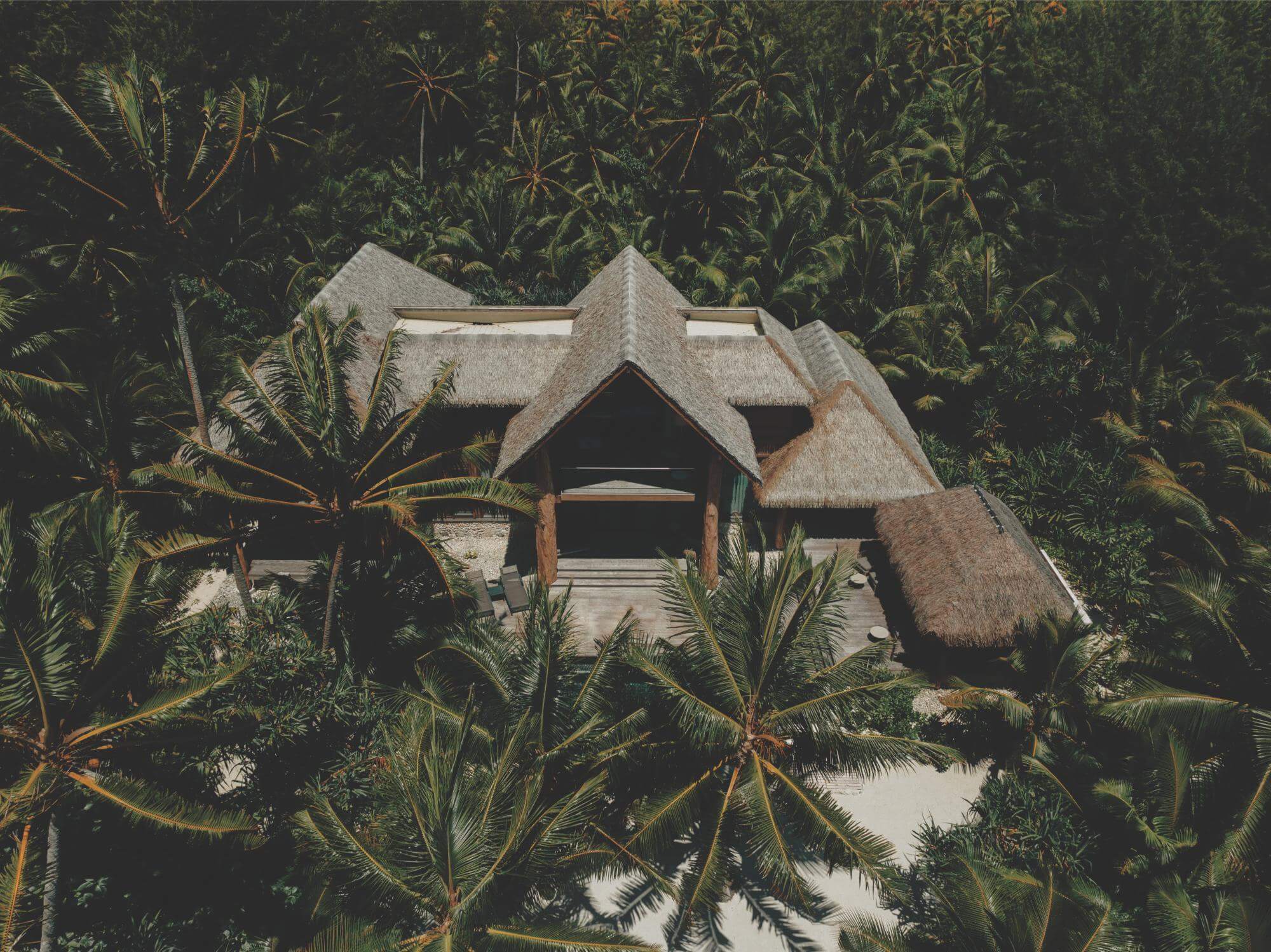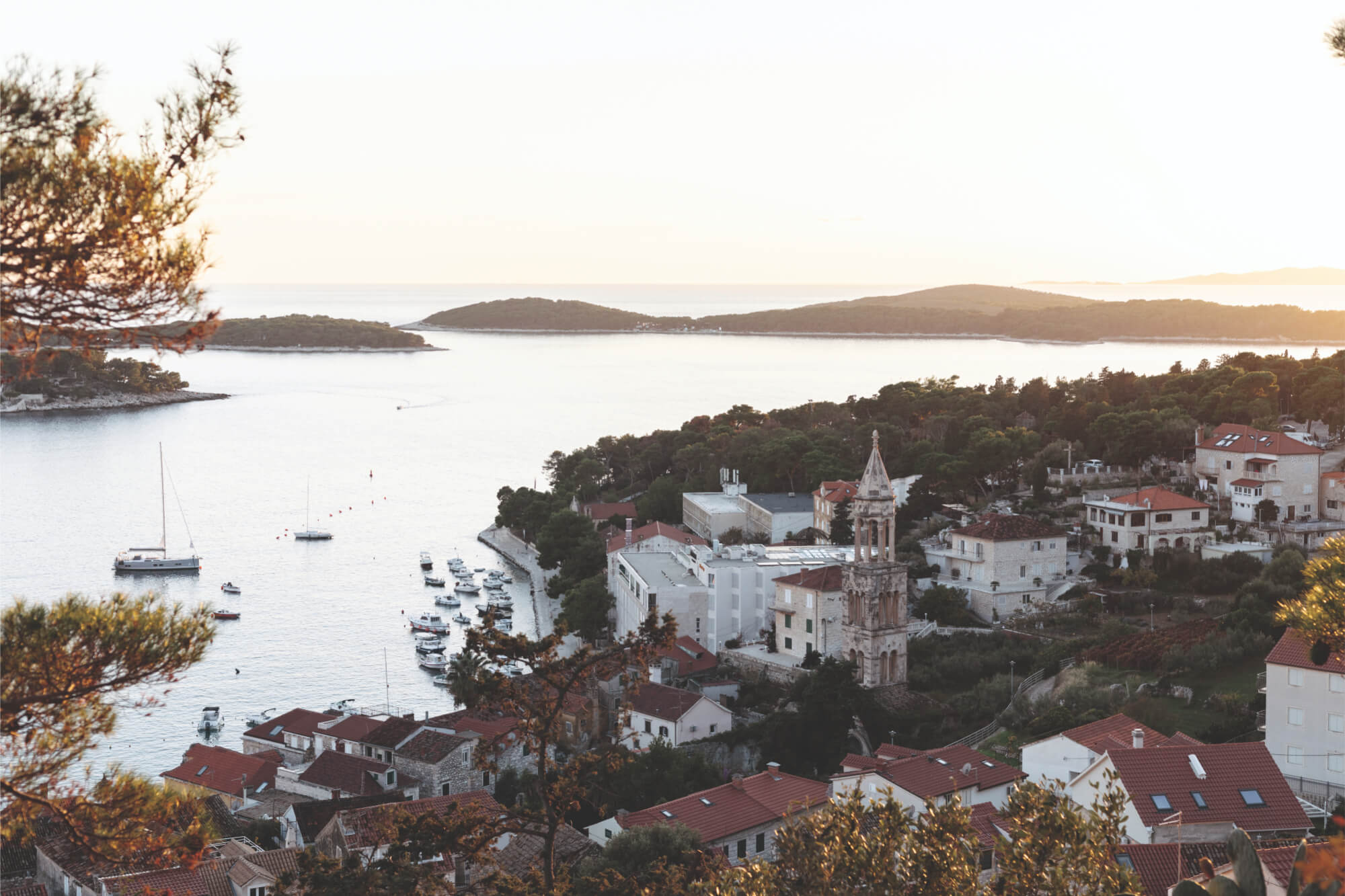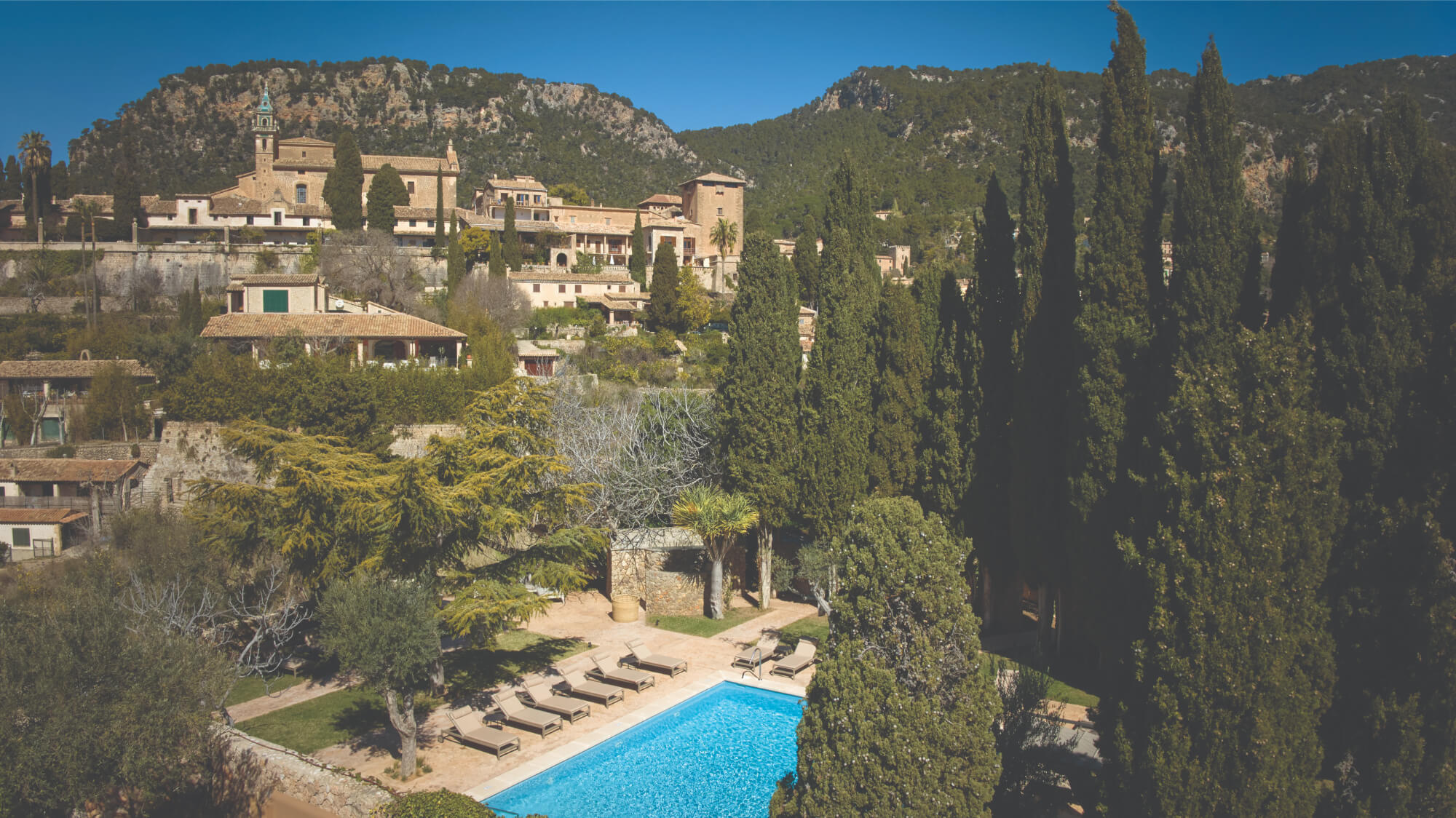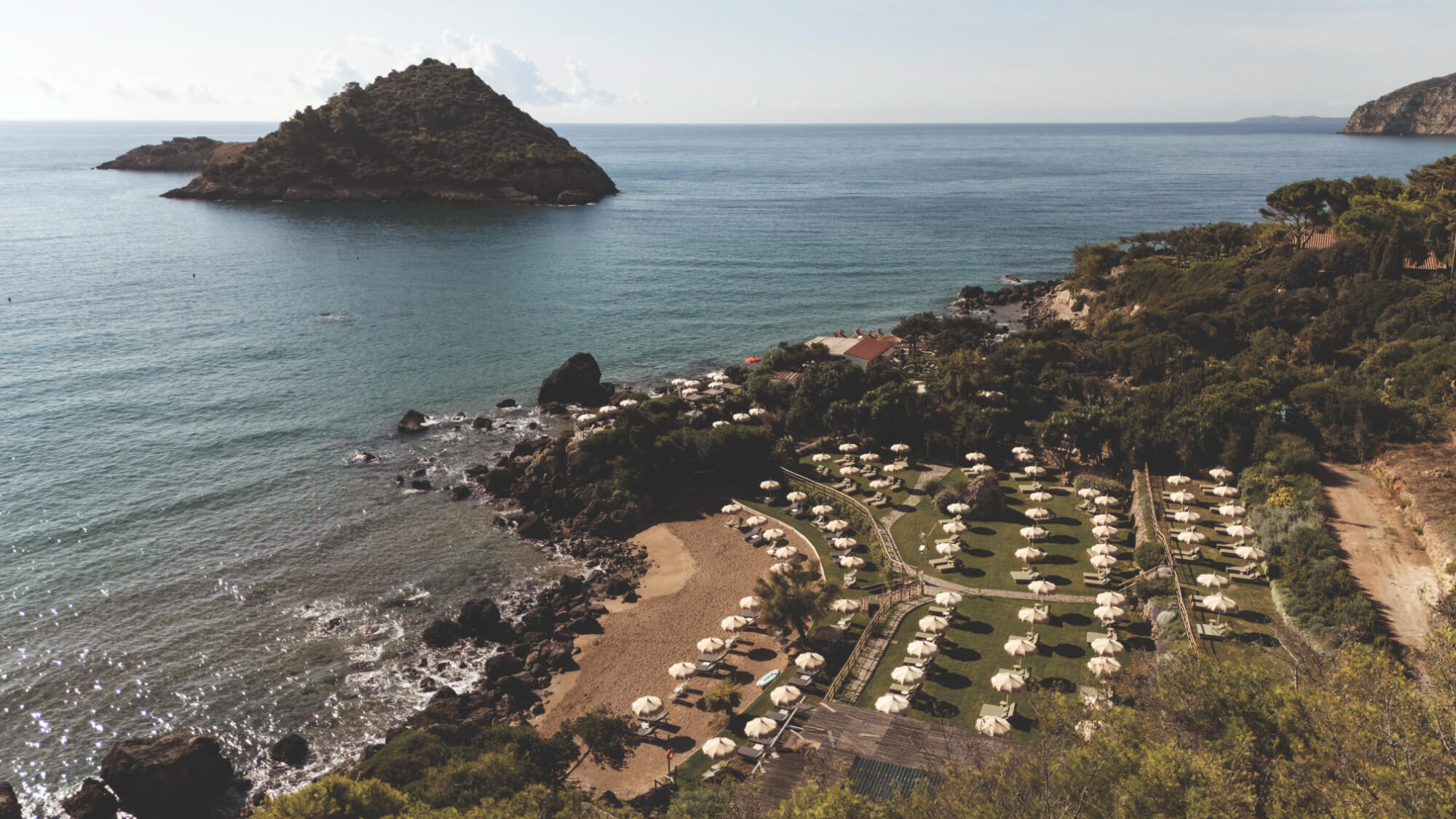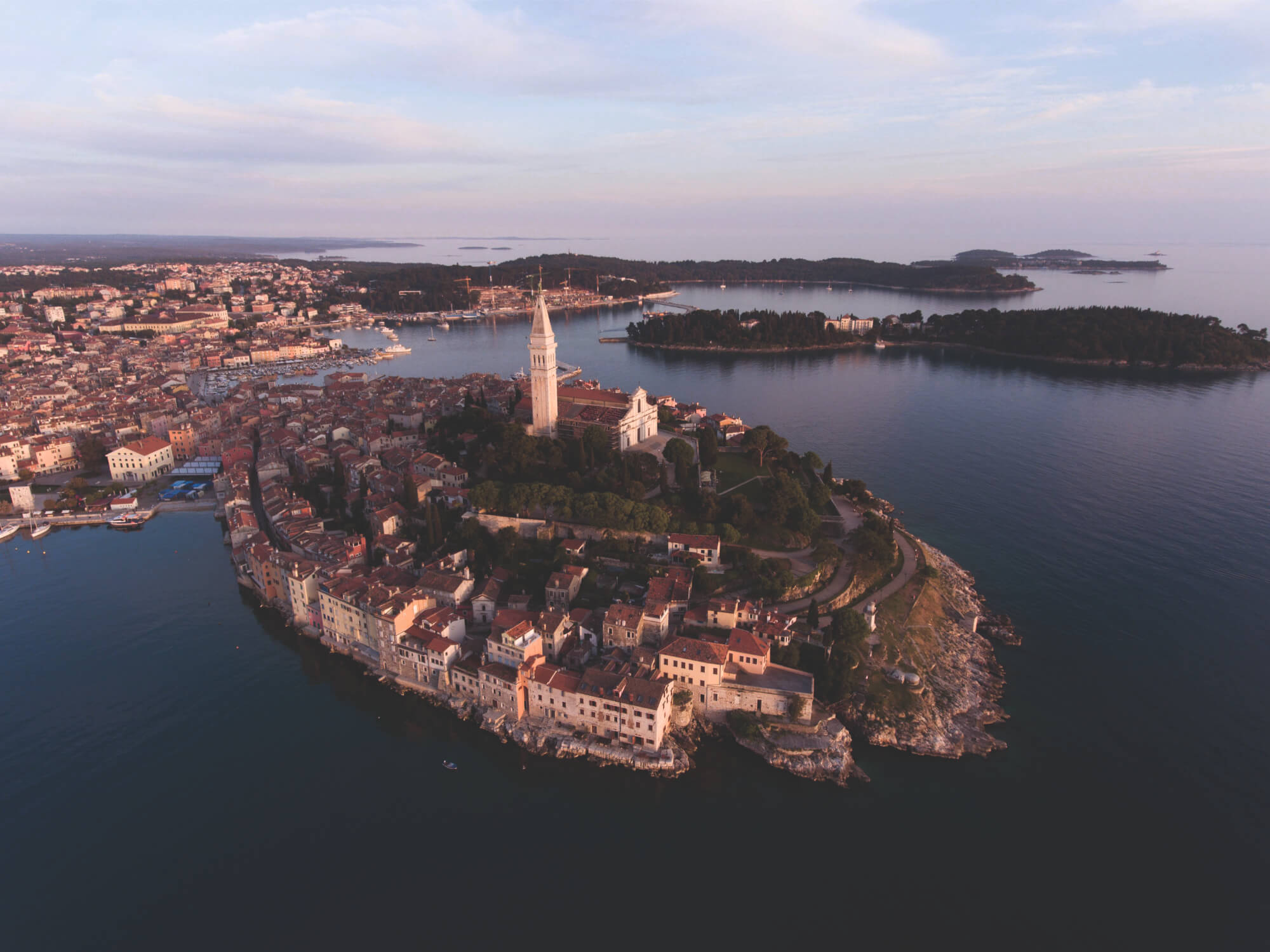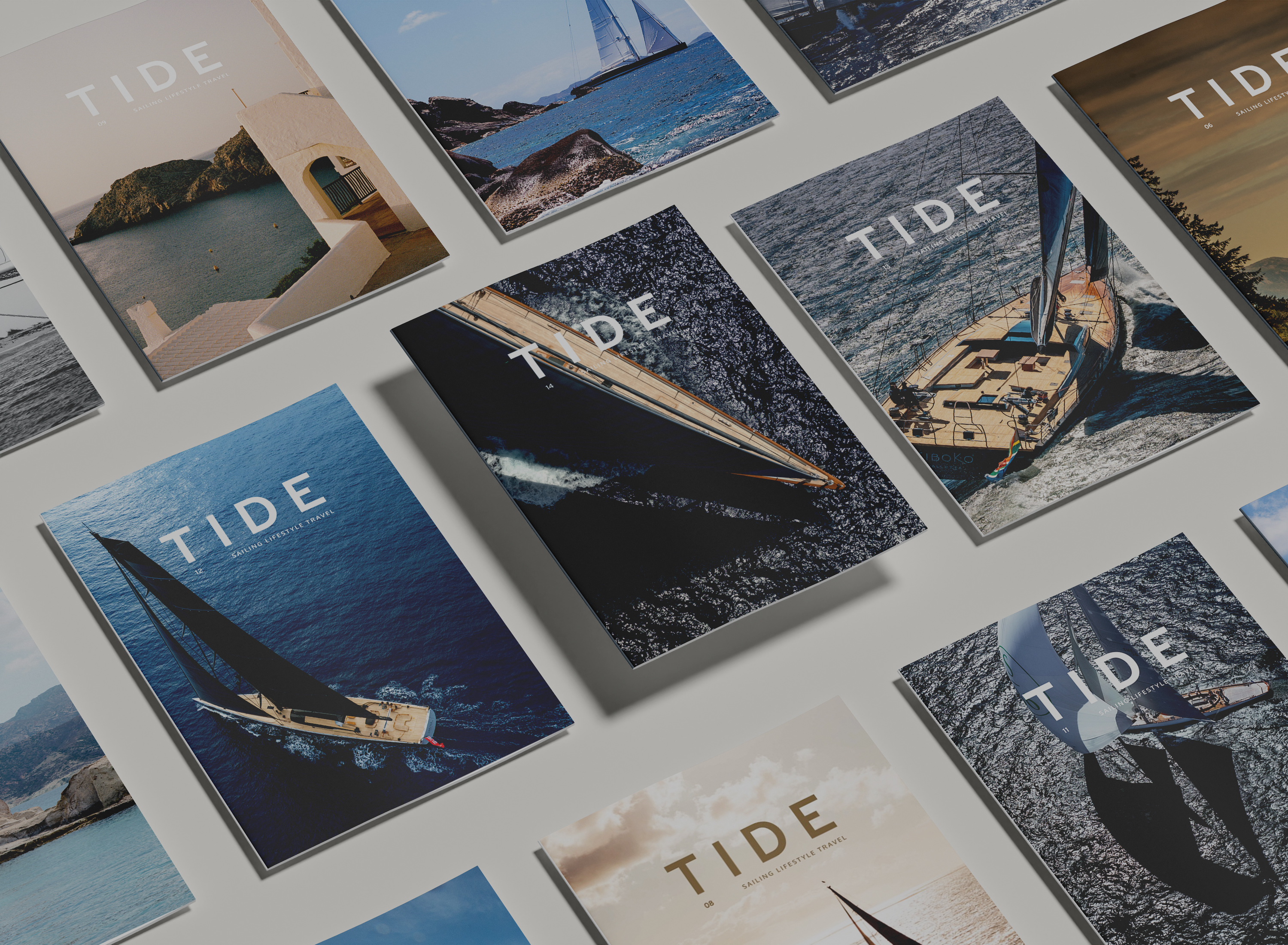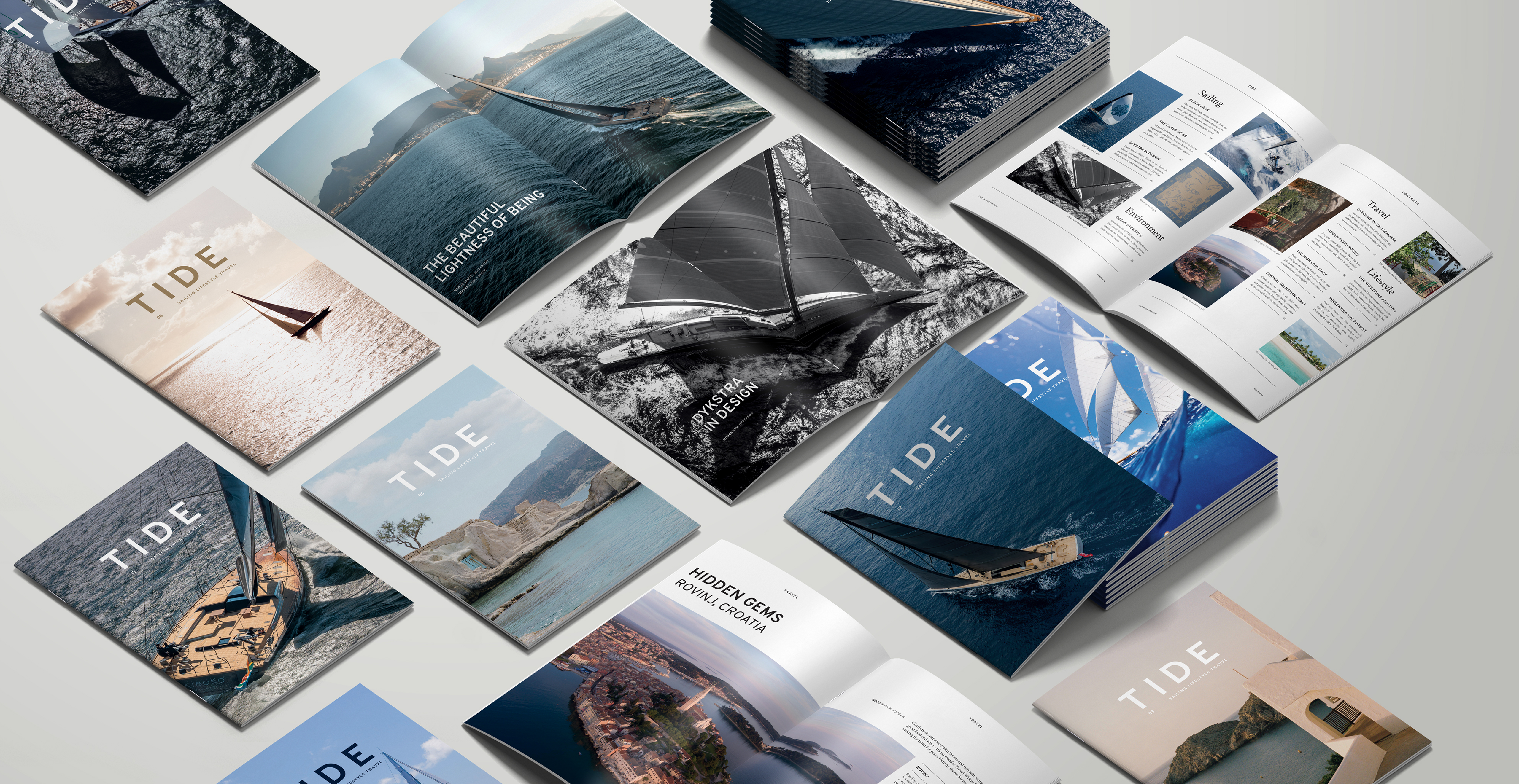Thirty miles north of Tahiti, an ethereal atoll surrounded by opaline waters comes into view. Located in the Windward group of the Society Islands, Teti’aroa was once the vacation spot for Tahitian royalty. Today, they are under a 99-year lease by Marlon Brando’s estate and home to The Brando, an upscale eco-friendly resort.
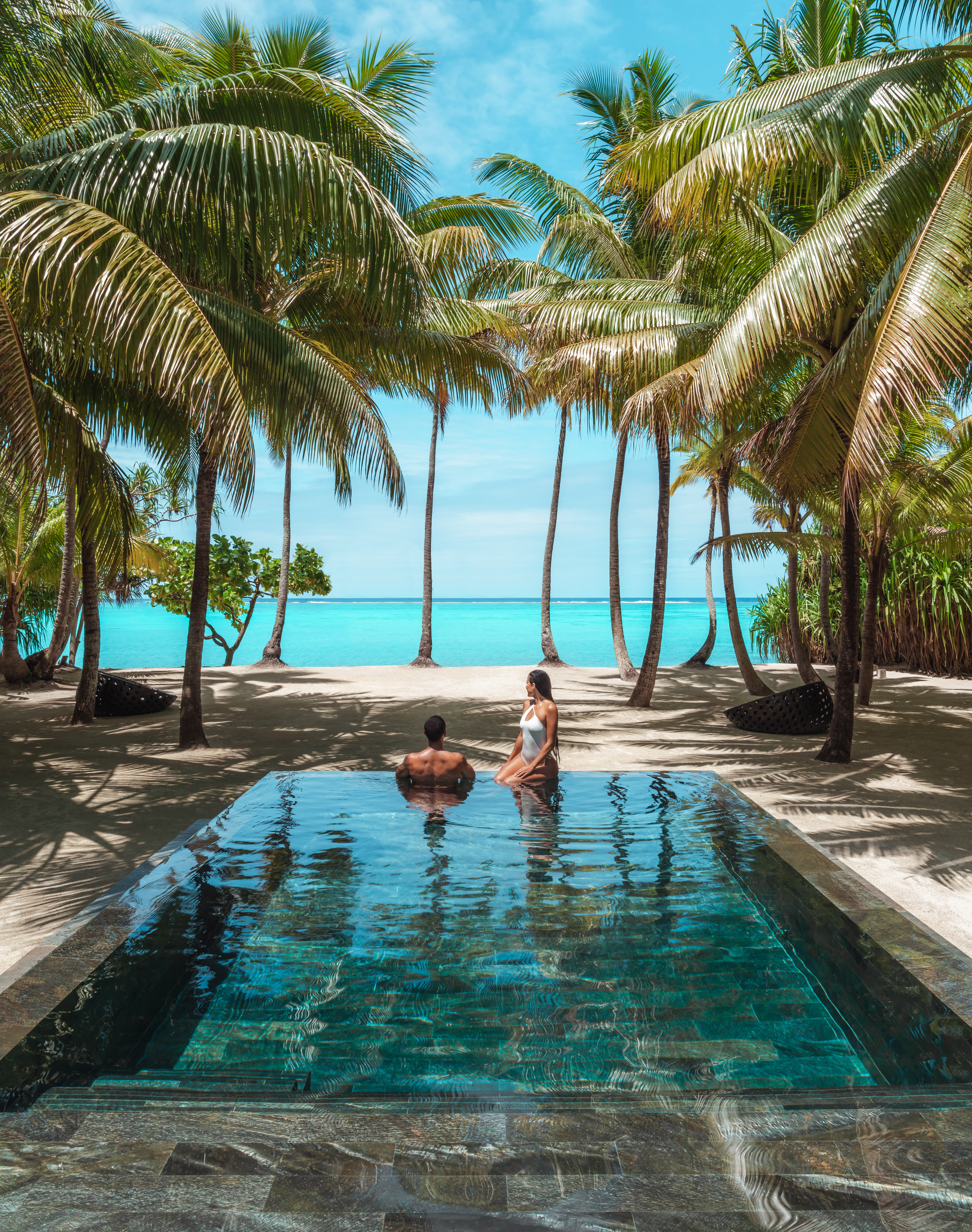
Twelve tiny motus – little islets set on coral reefs – form an island chain surrounded by gin-clear waters teeming with life, encircled by powder-fine white sand and lined with palm trees, vanilla flowers and frangipani; gentle, lilting birdsong carolling overhead. Accessible via plane and boat, with no cars at all allowed, this is a land brimming with mana: the sacred force or spirit of the people and islands, present everywhere in French Polynesia, granting a singular sense of peace to anyone lucky enough to arrive at her shores.
LANDS OF LEGEND
For the Tahitians, or Ma’ohi in the Tahitian language, the atoll’s mythic history and significance begins long ago. Tafa’i, a hero of legend, caught the great eel, called Tahiti Nui, and cut it up into 12 pieces with an axe borrowed from a great chief. These 12 pieces then became the 12 islands of Tahiti.
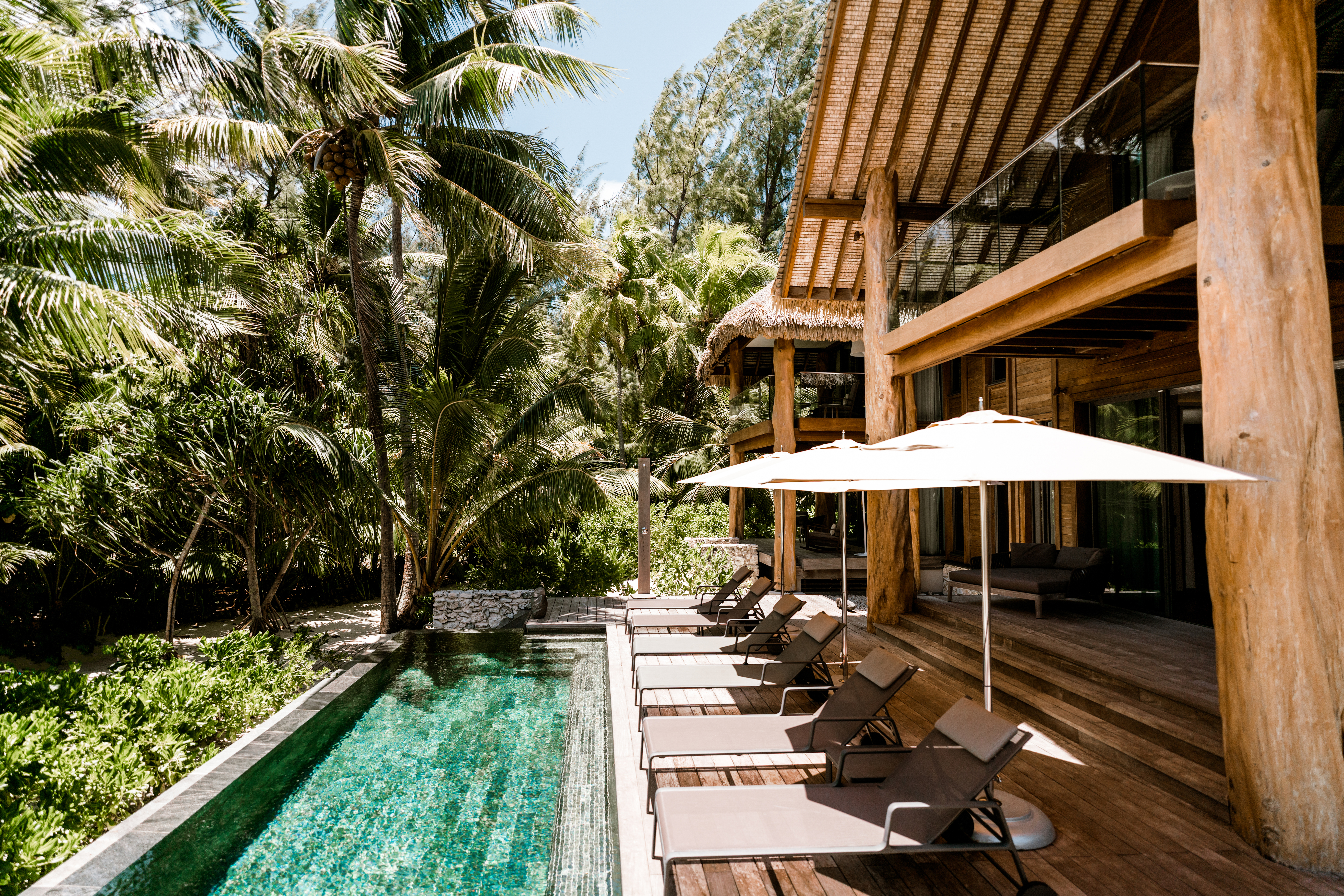
In fact, Teti’aroa’s geologic history began some three million years ago, a volcano rising from the seafloor. This is the same way the islands of Tahiti, Bora Bora and Mo’orea formed, and over millennia, the weight of the islands pushed down the seafloor, dragging Teti’aroa with it until all that was left peeking above the water were her 12 motus – what we see today.
According to Mark Eddows, an authority on Polynesian archaeology, it’s likely the Teti’aroa was first visited by Ma’ohi around the 11th century AD, after they initially settled on the Leeward Society Islands (probably Ra’iatea). But it’s unlikely the islands were ever permanently settled upon. Instead, it was probably used as a meeting place for important ceremonies and rituals. This is echoed in both local oral tradition and early European accounts, including one by Captain William Bligh of the Bounty fame. Archaeological surveys completed since the 1950s – though done sporadically at best – have revealed a few of the islands’ secrets, with some 90 sites identified, including a 200-year-old temple on motu Onetahi, constructed using black lava stones from Tahiti. The islands still await a more thorough study.
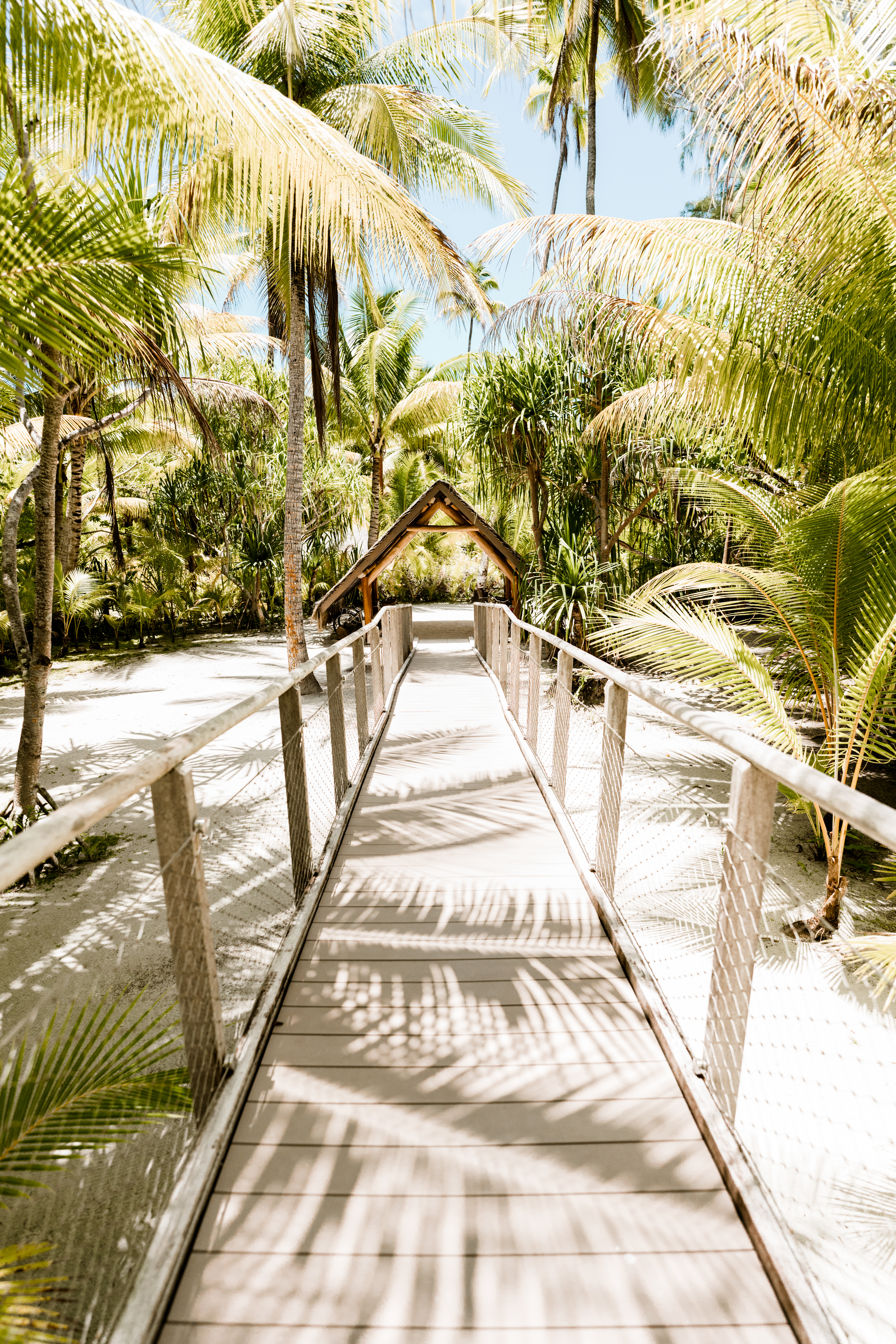
Oral history recounts Teti’aroa as a place associated with the epitome of privilege and power, says Mark. High-status women, such as priestesses and daughters of chiefs, often came for beauty rituals, called Ha’apori – literally translated as ‘the fattening,’ as voluptuousness was a sign of both beauty and wealth in ancient Tahiti. On the atoll, they were offered a rich diet of fish and shellfish caught in the lagoon, along with fruit brought with them from their home islands. They would receive tatau (tattoos) and were massaged with a special coconut or monoi oil perfumed with powdered sandalwood or pollen from coconut or pandanus flowers. Their skin, blanched with a plant concoction of sap from nearby beach pea vines, would shimmer and show off their new body art.
BELOVED BY BRANDO
It’s likely that the first Europeans to visit the atolls were the sailors on board HMS Bounty in 1789, including Captain William Bligh. Unbeknown to the crew at the time, this was the start of the West’s love affair with the isolated atoll.
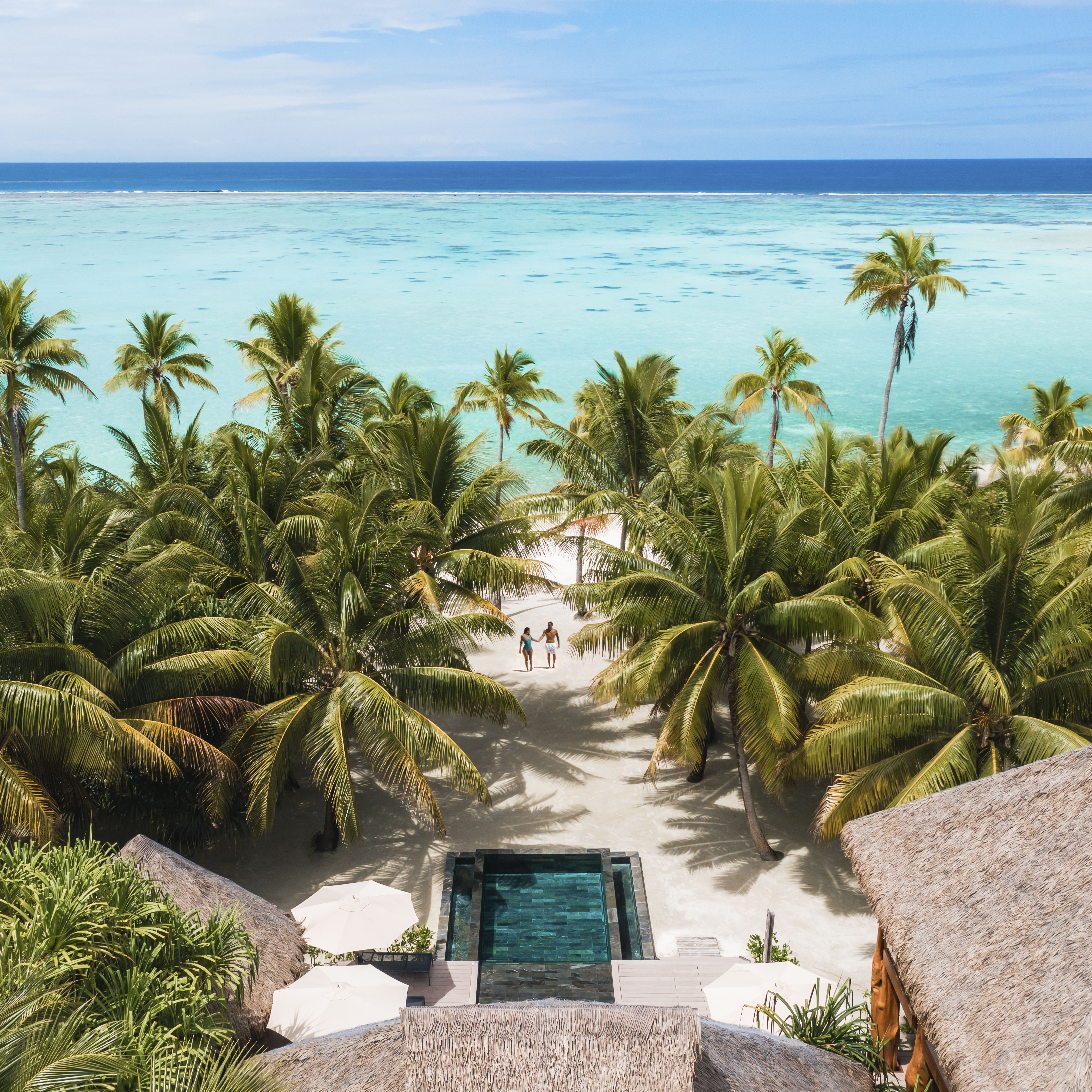
The story of the ill-fated journey of the Bounty has been memorialised through many books and films, including Marlon Brando’s 1962 film, Mutiny on the Bounty. It was in the early 1960s, on a hike while on location for the picture, that he first fell in love with Teti’aroa.
“Teti’aroa is beautiful beyond my capacity to describe. It is really beyond the capacity of cinematography to translate,” he was once quoted as saying. “One could say that Teti’aroa is the tincture of the South Sea.”
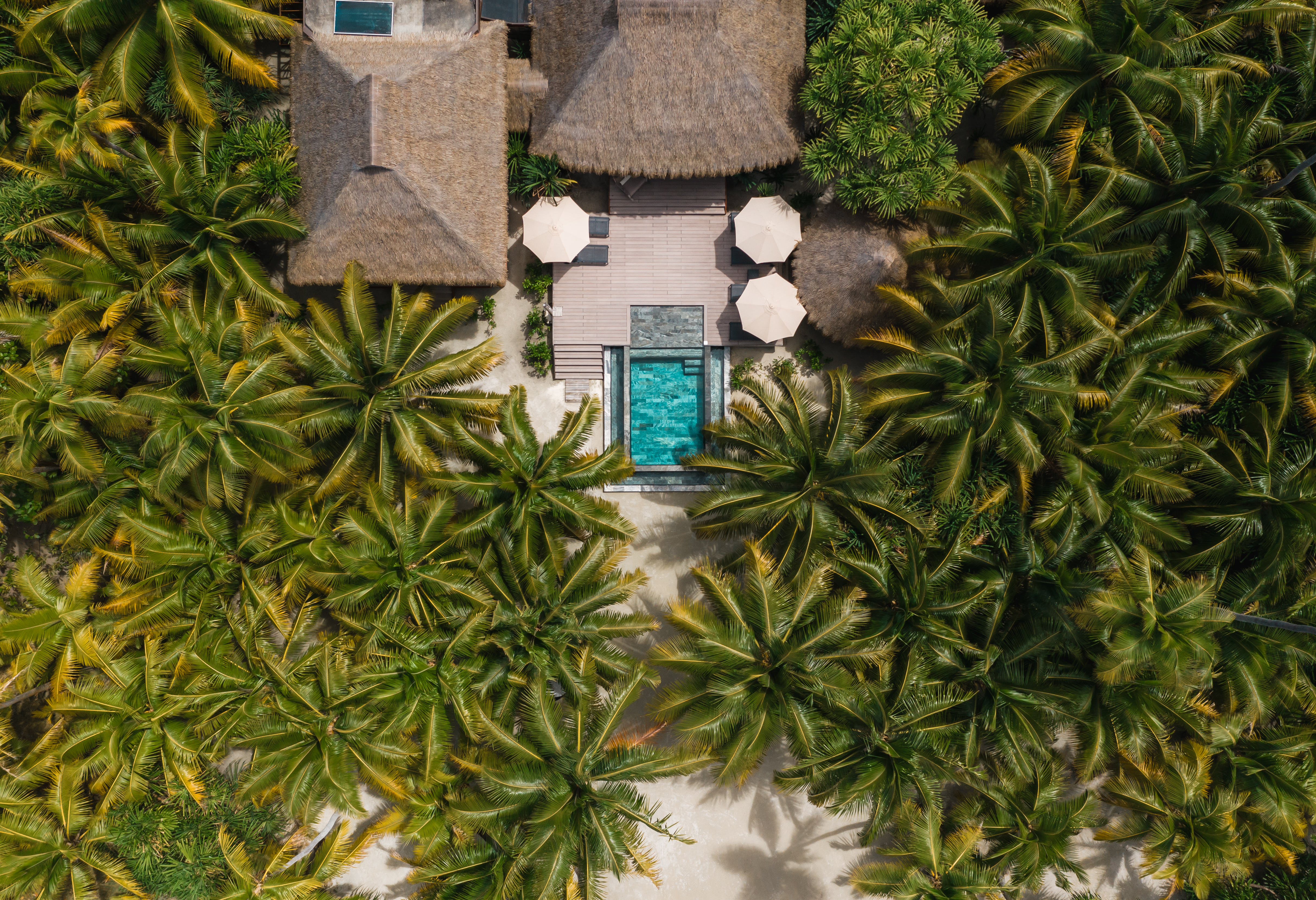
Brando, his wife Tarita – a French actress of French Polynesian and Chinese descent who starred alongside him in Mutiny on the Bounty – and their children lived for many years on Teti’aroa, hosting friends, researchers, and eventually building a small inn and a research station on the island. Brando was passionate about preserving Teti’aroa, saying, “If I had my way, Teti’aroa will forever remain a place that reminds Tahitians of what they are and what they were centuries ago.”
In 1999, Brando met Richard Bailey, a local hotelier and property developer. Together, they dreamed up a hotel that would be one of the world’s first sustainably-built luxury resorts. Brando passed away in 2004, without seeing the fruits of his labour of love, but 10 years after his death, Bailey launched The Brando.
To preserve the Teti’aroa that Brando so loved and respected, the Teti’aroa Society was also launched (see more about its work in Atoll Protected, page 30).
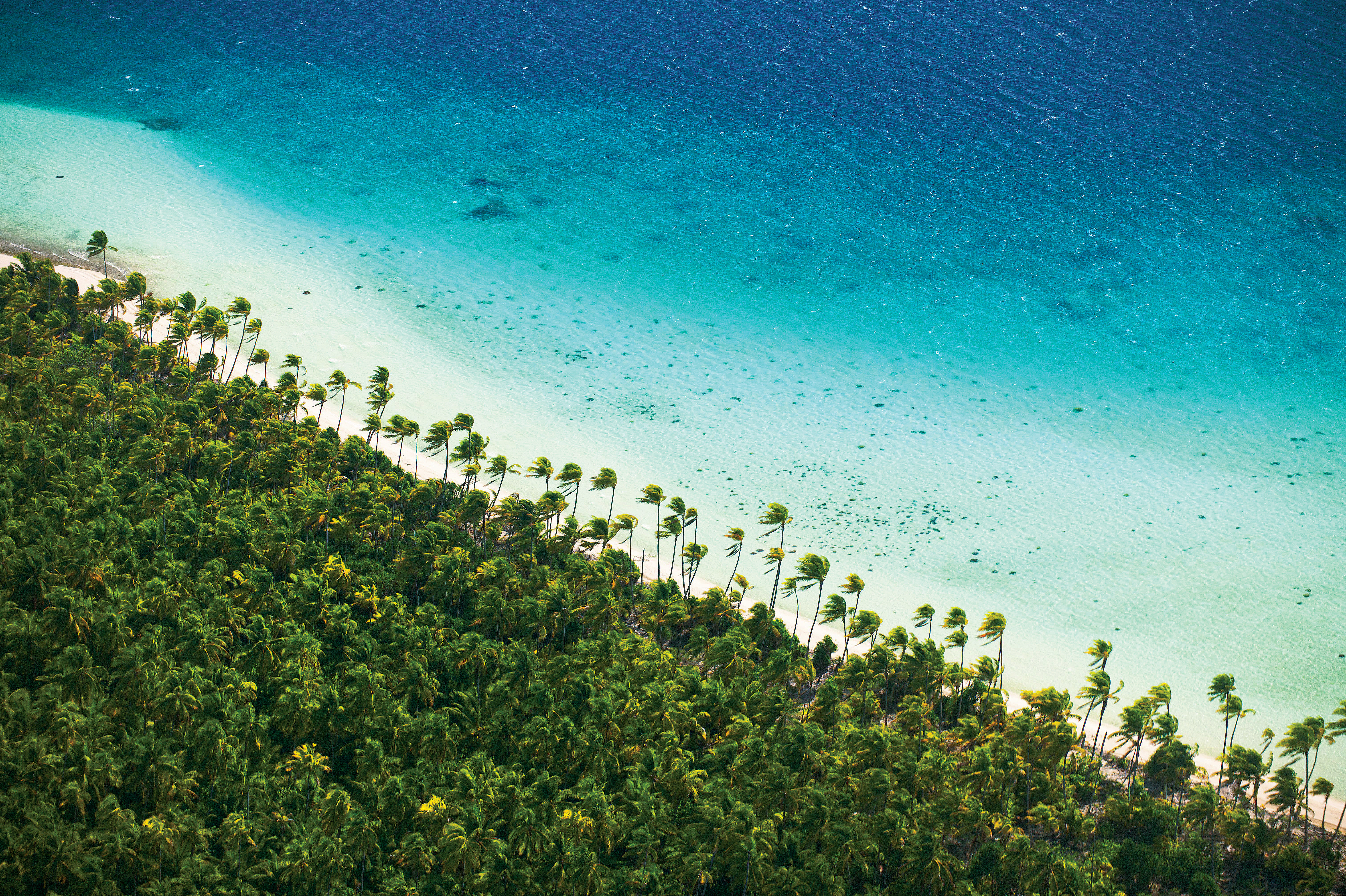
“It is my hope that the island will serve as an ecological model,” the Society quotes Brando. “Not only a tourist preserve, but a marine preserve as well as a place for all manner of scientific research and investigation.”
A RENOWNED RETREAT
The Brando is a destination in itself, with the hotel and atoll attracting its own fair share of celebrity. In 2017, Barack and Michelle Obama reportedly booked the retreat so the former US President could pen his autobiography there, upon the recommendation of Leonardo DiCaprio. Pippa Middleton, with her husband James, booked The Brando for their honeymoon retreat and visited in the same year. Even Beyoncé was spotted on its soft shores in 2023. It has also managed to continue its royal tradition, with Prince Albert II of Monaco (son of Princess Grace Kelly) sighted on the atoll in 2018.
One could say the island has continued its ancient Ha’apori custom too, thanks to the installation of famed French Chef, Jean Imbert, at the helm of the island’s three restaurants. Imbert, himself a fan of Brando since childhood, designed the menus with great care and consideration, instilling each with Teti’aroa’s long history and glimpses of its terroir.
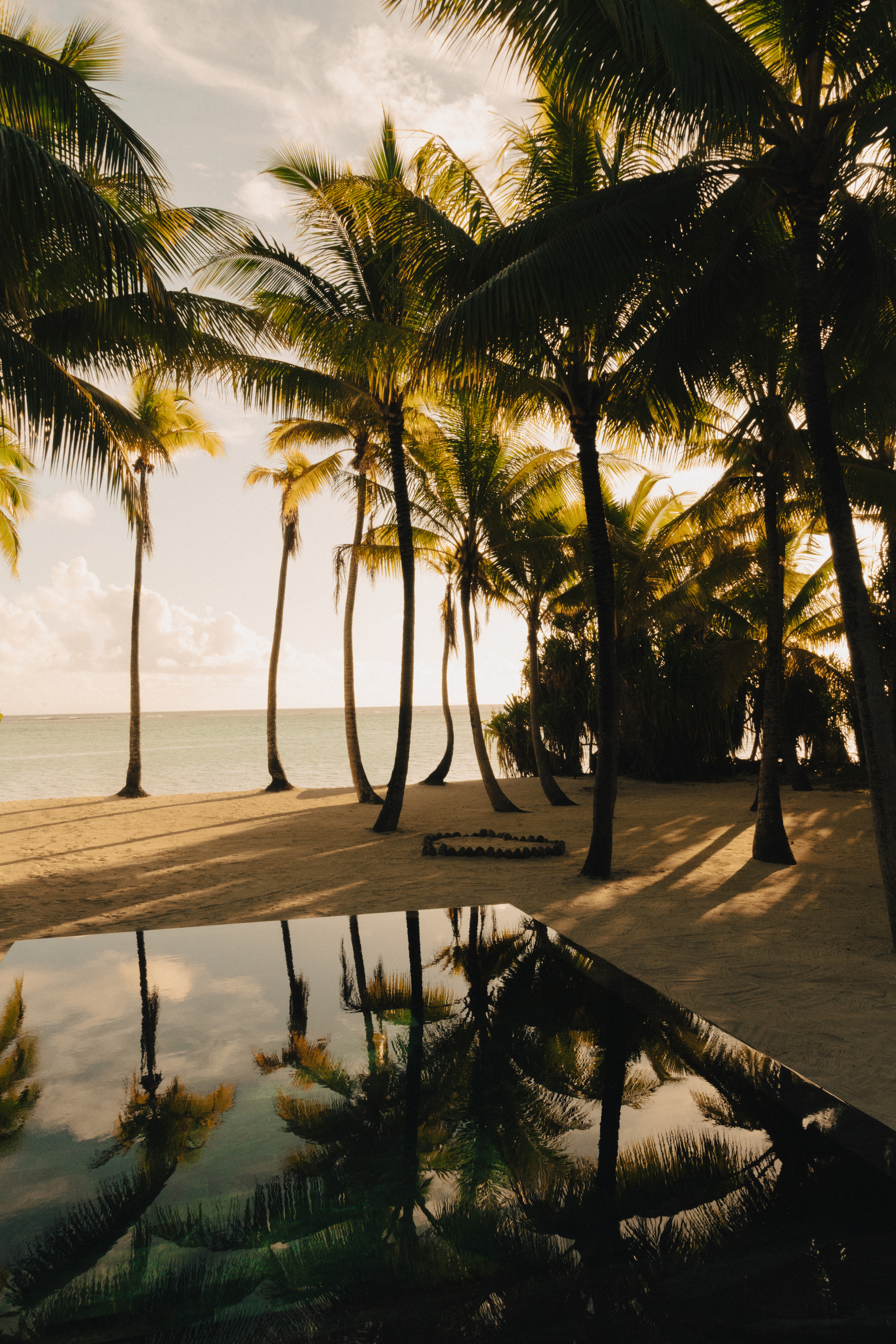
“The local culture influences me, but above all, it’s the history surrounding this atoll,” Imbert explains. “The life of Marlon Brando, our vegetable garden, Polynesian culture – we’ve built a mix of all these elements into the menus for the hotel’s restaurants.” (For more on a specific one of these menus, see
The High Low, page 72).
With both The Brando and Teti’aroa Society paying homage to the atoll’s past and paving a way for its future, this exquisitely remote gem should remain a South Pacific paradise for centuries to come.


